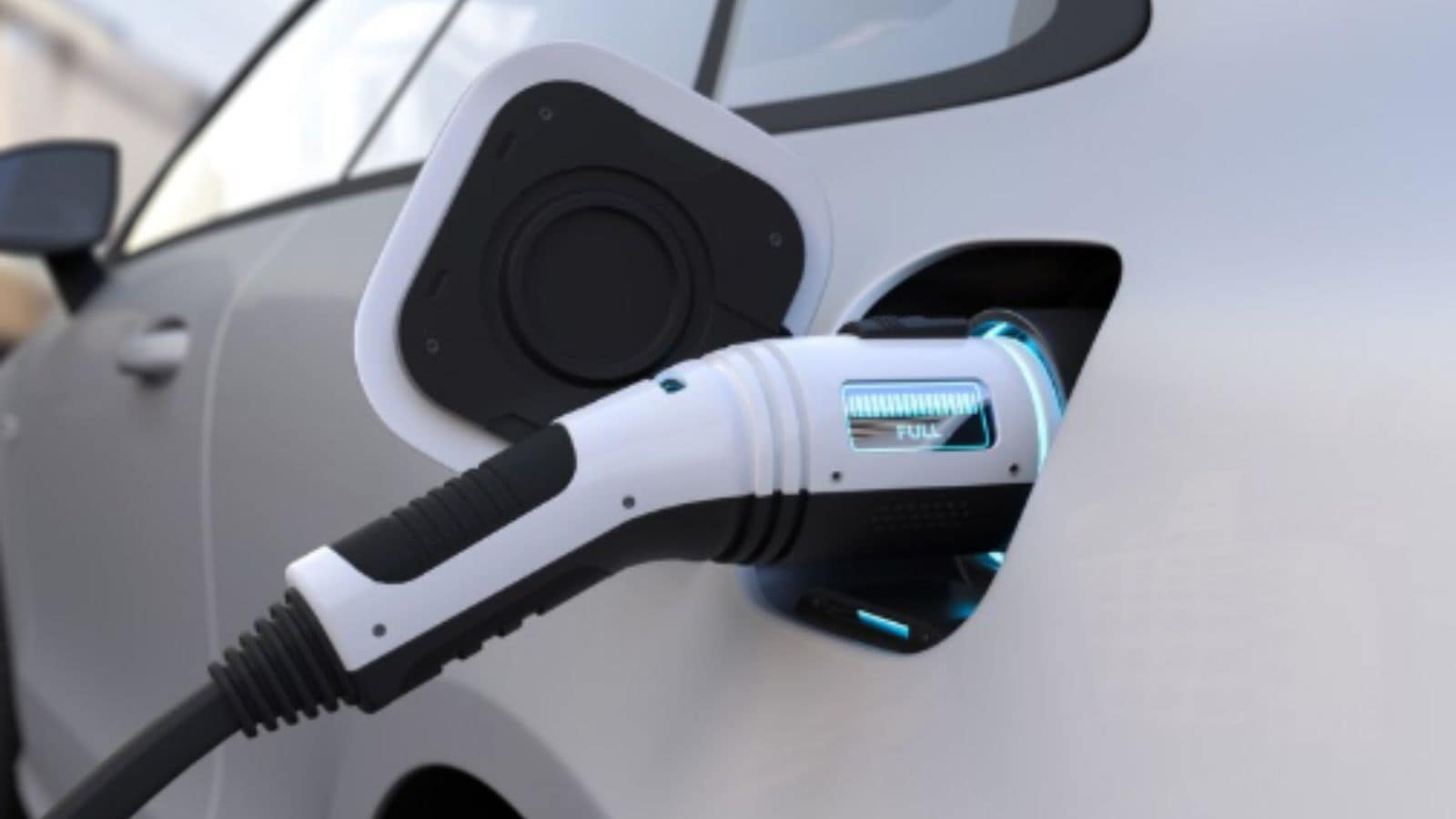India’s planned electric four-wheeler manufacturing capacity is set to rise over tenfold to 2.5 million (1 million = 10 lakh) units by 2030 — up from just 0.2 million today — making it the fourth-largest globally after China, Europe, and the US, according to new research by Rhodium Group.
The New York-headquartered think tank estimates that India’s electric car manufacturing capacity will outstrip domestic demand by 1.1–2.1 million units over the next five years. However, tapping export markets will require “driving down costs” to compete with China, it said.
By 2030, Rhodium projects India’s electric car demand to reach between 0.4–1.4 million units, up from 0.1 million in 2024. With total car sales expected to hit 6 million, as per industry estimates, this implies an electric vehicle (EV) penetration rate of 7–23 per cent in four-wheelers.
In contrast, production capacity is expected to reach 2.5 million units — comprising 0.2 million currently operational, 0.3 million ready but not yet online, 1.3 million under construction, and 0.7 million announced.
“This far exceeds India’s projected 2030 EV demand (which likely reaches anywhere from 430,000 to 1.4 million vehicles depending on the pace of policy and battery costs), suggesting the potential for future exports. This push aligns with the government’s strategy to ‘Make in India for the world’, but Indian companies will need to drive down costs if they want to compete with exports from China,” Rhodium said in its latest Global Clean Investment Monitor report.
In 2024-25, Indian EV makers Tata Motors, MG Motor, and Mahindra dominated the domestic market with a combined share of nearly 90 per cent, according to data on the Vahan dashboard.
India’s anticipated production capacity of 2.5 million will be far behind China’s 29 million, EU’s 9 million, and 6 million in the US. “India emerges as the leading player outside of China, Europe, and the US, edging out Korea and Japan in anticipated capacity,” the report said.
Story continues below this ad
While Japan and South Korea currently have higher operational capacities — 1.1 million and 0.5 million units respectively — both have limited capacity under construction or announced. By 2030, Japan’s total capacity is expected to reach 1.4 million units, and South Korea’s 1.9 million.
“India has charted a distinctive path in developing its EV industry, combining industrial policy with market incentives and a protectionist trade policy. The country launched consumer subsidies tied to tightening localization requirements, coupled with incentives for manufacturers of advanced batteries and EV components and an effort to expand charging infrastructure,” the report said.
“To protect local manufacturers, India has maintained import tariffs of up to 70–100% on fully built EVs. This protective stance has helped domestic production grow but also limits consumer choice and raises costs. Nearly 100% of India’s EV manufacturing is for its domestic market,” it added.
Comparing electric car sales growth, the report noted that EV penetration in India reached just 2 per cent in 2024, while in Vietnam it jumped from 3 per cent in 2022 to 17 per cent in 2024 — driven largely by domestic automaker VinFast.
Story continues below this ad
On the battery front, the report observed India “has rapidly become a standout player”, and shows “meaningful activity in both cells and modules”. “India is set to become the largest module producer outside China, the US, and Europe, with significant capacity already under construction and announced,” it said.
However, it added that India’s projected growth in batteries is primarily driven by projects still under construction or newly announced, “indicating rapid recent momentum but more risk around delivery”.
By 2030, India’s cell production capacity will lag behind China, Europe, the US, and Canada, but surpass that of South Korea, Malaysia, Japan, and other countries.
China is expected to lead with a cell manufacturing capacity of 4,818 gigawatt hours (GWh), followed by the US at 1,169 GWh, Europe at 997 GWh, and the rest of the world — including India — at 567 GWh. A detailed regional breakdown was not available.

